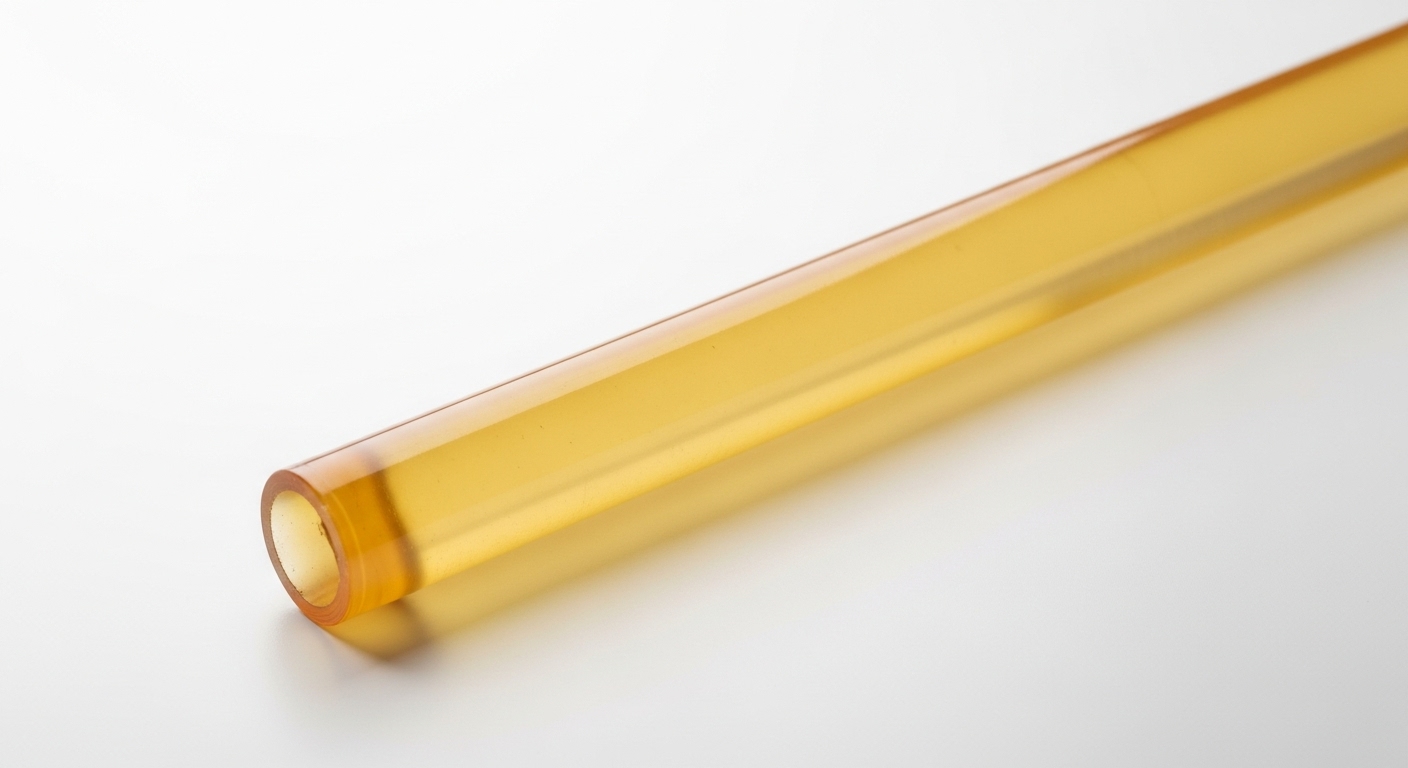
Definition of Polyamide Hot Melt
Types of Polyamide Hot Melt
Importance in Footwear Design
Innovative Footwear Applications
Latest Trends in Polyamide Use
Methods of Application in Design
Future Strategies for Innovation
Frequently Asked Questions (FAQ)
Polyamide hot melt is a thermoplastic adhesive known for its strong bonding strength, flexibility, and durability—qualities that make it ideal for modern footwear design. When heated, it becomes fluid and forms a robust bond upon cooling. Its adaptability supports intricate design work, multi-layer construction, and high-performance applications across various footwear categories.
Different grades of polyamide hot melt are used depending on the footwear application:
High-flexibility grades: ideal for athletic or high-mobility footwear requiring long-term bending resistance.
High-durability grades: suited for outdoor and industrial footwear requiring strength under harsh conditions.
Balanced-performance grades: offering a mix of elasticity and bond strength for casual or fashion-focused footwear.
Each type contributes uniquely to structural support, comfort, and design freedom within the footwear development process.
Polyamide hot melt plays a crucial role in modern footwear manufacturing. It provides strong bonding between diverse materials—textiles, leather, foam, rubber compounds—while maintaining flexibility and resistance to heat and chemicals. This makes it indispensable for:
Athletic footwear requiring dynamic movement
Outdoor and hiking footwear needing environmental resistance
Fashion footwear seeking lightweight construction and design flexibility
By choosing the appropriate grade, designers and engineers can enhance durability, comfort, and aesthetics.
Polyamide hot melt enables a wide range of innovative applications in footwear design, such as:
Seamless bonding for comfort-focused running shoes
Reinforcement layers for outdoor and trekking boots
Lightweight structural panels used in performance footwear
Creative fashion silhouettes that require invisible bonding solutions
Its ability to work with complex geometries and diverse materials expands design possibilities beyond traditional stitching and solvent-based bonding.
Current trends highlight how polyamide hot melt is evolving within the footwear sector:
Sustainability focus: increased use of adhesive grades compatible with recycled and bio-based materials.
Customization surge: use in personalized footwear, including tailored fitting systems.
Advanced material integration: bonding of hybrid materials and engineered textiles.
Lightweight engineering: helping designers reduce shoe weight without compromising performance.
These trends support growing consumer expectations for comfort, durability, and eco-conscious products.
Common methods for applying polyamide hot melt in footwear production include:
Extrusion: ensures precise application for midsole inserts, toe caps, and structural reinforcements.
Spraying: allows even distribution across large surfaces, improving material adhesion.
Roll coating: efficient for high-volume manufacturing lines requiring consistent coverage.
Optimizing these methods enhances performance, reduces waste, and supports design accuracy.
Future innovation in footwear design will rely heavily on strategic use of polyamide hot melt. Key approaches include:
Sustainable bonding systems – pairing adhesives with eco-friendly materials.
Customization & fit-focused engineering – using adaptable adhesives for personalized shoe construction.
Integration with smart technology – enabling sensors, responsive cushioning, and interactive components.
Lightweight structural innovation – developing designs that maintain strength while reducing material mass.
These strategies will define how manufacturers push the boundaries of performance, sustainability, and user experience.
What is polyamide hot melt?
It is a thermoplastic adhesive offering strong bonding, flexibility, and durability, widely used in modern footwear manufacturing.
What types are used in footwear?
Grades include high-flexibility, high-durability, and balanced-performance adhesives, each selected based on the shoe’s intended function.
Why is it important in footwear design?
It supports strong, flexible bonding across diverse materials, making shoes more durable, comfortable, and design-driven.
What are innovative applications of polyamide in footwear?
Uses include seamless bonding, lightweight structures, reinforcement layers, and advanced fashion construction.
What trends are shaping polyamide use today?
Sustainability, customization, hybrid materials, and lightweight engineering are major trends.
How is polyamide hot melt applied?
Common methods are extrusion, spraying, and roll coating, depending on production scale and design requirements.
How will future strategies influence innovation?
Future strategies involve sustainable material integration, smart technology adoption, personalization, and enhanced lightweight structures.